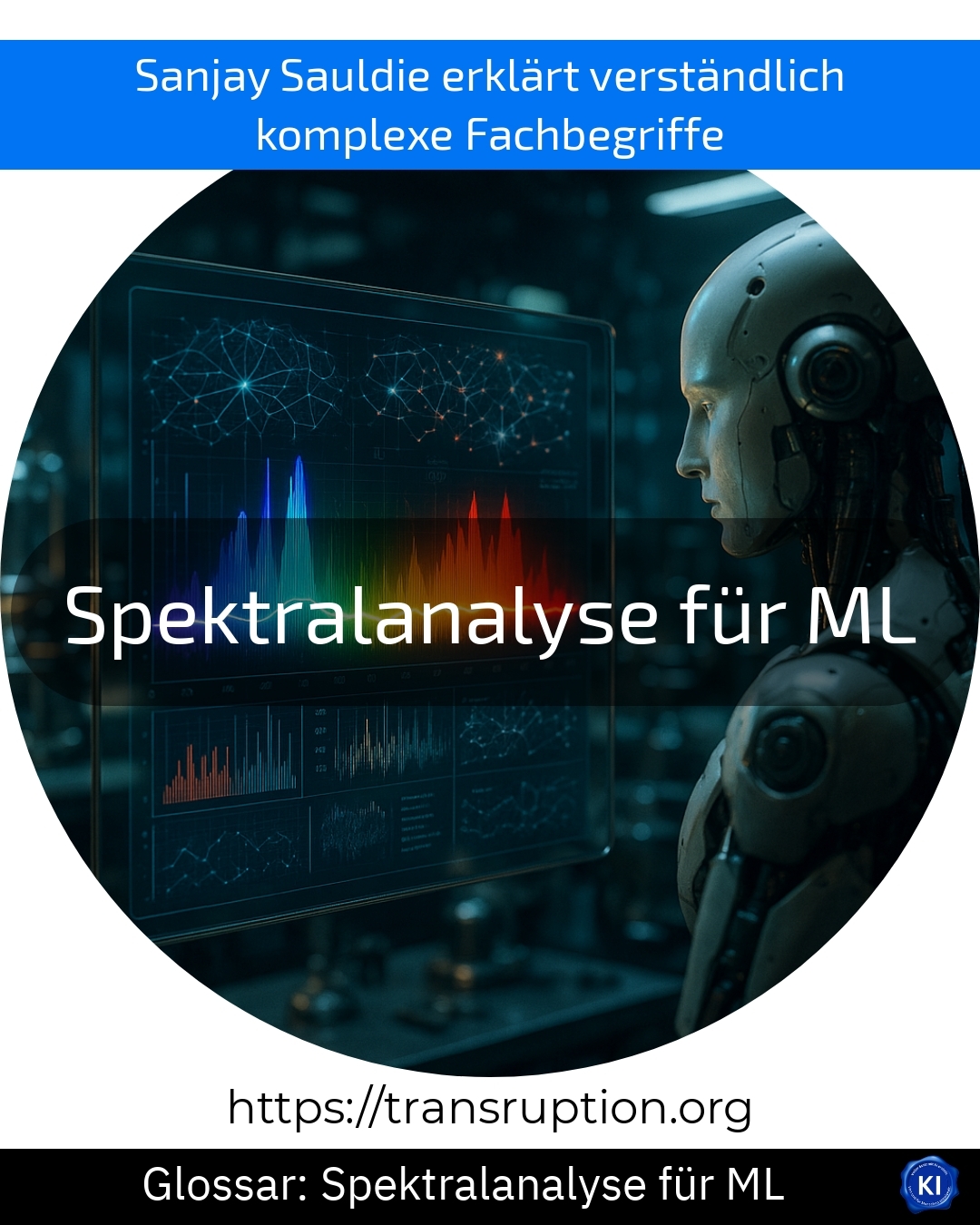The term spectral analysis for ML is particularly at home in the fields of artificial intelligence, big data and smart data as well as Industry and Factory 4.0. Spectral analysis refers to a process in which data is broken down into different "frequencies" or components. In the context of machine learning (ML), this helps to visualise patterns and hidden structures in large amounts of data.
Imagine you are listening to a piece of music and want to find out which instruments are playing in it. Spectral analysis would split the piece of music into its individual notes so that you can recognise exactly when a piano, violin or drums are playing. It works in a similar way with other data: Whether machine noises in a factory, signals from the Internet of Things or images - spectral analysis for ML ensures that helpful information can be recognised and further processed.
For example, companies can recognise machine failures at an early stage, automate quality controls or discover new correlations in customer data. This makes decision-making processes more efficient and innovations faster.















